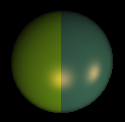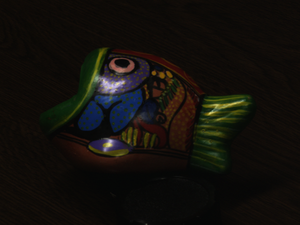KES2009 Reflectance Analysis
- Special Session on Reflectance Analysis
Chairs
- Ramón Moreno
- Manuel Graña
Computational Intelligence Group, UPV/EHU
Contact email
Rationale for the special session
Reflectance Analysis is a key process in computer vision systems and applications. It allows the robust segmentation of the images. It has been studied and applied in autononomous robotics, multimodal human computer interaction and remote sensing. There are some physical models of the interaction between light and the surfaces that have been used either for image rendering (visualization) or for image analysis. The most general is the BRDF model used in visualization programs. The Dichromatic Reflection Model has been proposed for the reflectance analysis of general images. This model is local and generalizations involving spatial information and non-linear effects will greatly increase its usefulness in real life applications. Knowledge Engineering and Computational Inteligence tools may provide this generalization. Other related paradigms that can benefit from the application of Computational Intelligence are Color Constancy and Retinex. The special session is intended to gather researchers applying Reflectance Analysis to real life problems and applications, or proposing innovative computational methods.
Topics of interest
- Shape from shading
- Shape from Reflection Analysis
- Isolating Specular Component
- Reflectance Maps
- Reflectance Models
- Specular and Lambertian Surfaces
- Geometrics and Photometrics Invariants
- Methods for Chromatic Illummination Estimation
- Color Spaces for Reflectance Analysis
- Mathematical Morphology of Color Spaces and their applicantion in Reflectance Analysis
- Color Constancy
- Shadows
- Computational Intellligence for Reflectance Analysis
Important dates
- Submission of papers: 1 March 2009
- Notification of acceptance: 1 April 2009
- Final paper to be received by: 1 May 2009
Program committee (tentative)
|
|
|
Paper submission
Conference proceedings will be published by Springer-Verlag
Journal Special Issues
Author's guidelines
- ??? waiting for..


